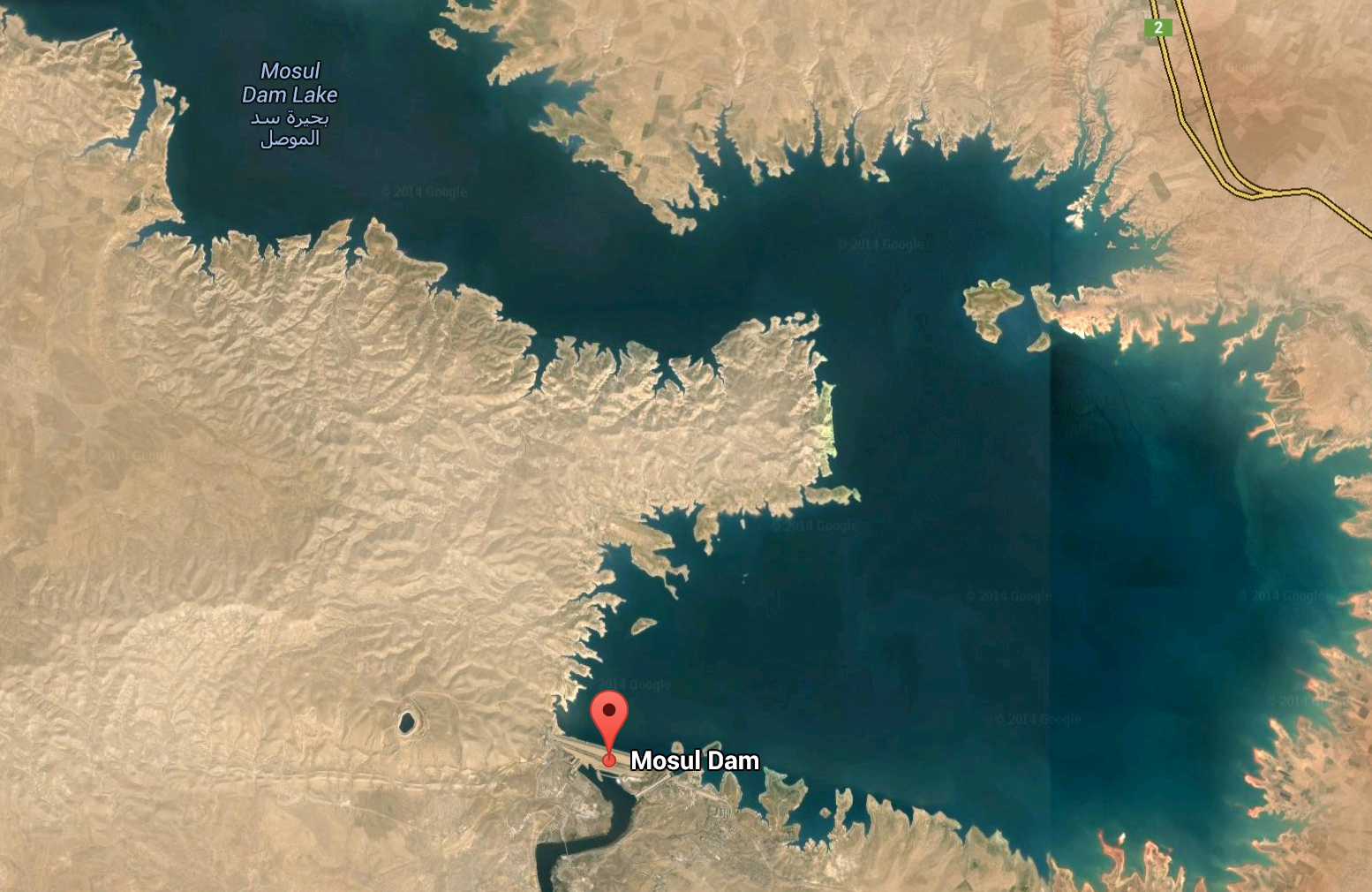The current whinging by the Sadrist bloc of Shias in the Iraqi parliament is absurd. They’re mad that the U.S. won’t give the Shia-run central government more fighter planes, but they keep using their planes to drop anti-civilian barrel bombs on Sunni towns.
And they’re mad that the U.S. is only conducting airstrikes now that the Kurdistan Region is being shelled and hit with missiles, but we’ve been allied with the Kurds since the early 90s and they’ve essentially never been anything but nice to the United States.
In contrast, the Sadrists arguably take orders from Iran, and their Mahdi Army repeatedly attacked U.S. forces in Iraq from 2004 to 2008. I’m sorry, but you don’t get to cry about us not giving you weapons after you used your weapons before to attack us.
Here are some of the complaints quoted in the New York Times:
“Obama’s speech did not delight Iraqis,” said Hakim al-Zamili, a leader of a main Shiite bloc in Parliament, the Sadr faction, who were among the strongest opponents of American involvement in Iraq. “They are looking out for their own interests, not for ours.”
“They should have provided Iraq with weapons,” Mr. Zamili added, possibly alluding to the United States’ suspension of deliveries of F-16 fighter jets and combat aircraft to Iraq.
Another Shiite leader, Sami al-Askari, who is close to Prime Minister Nuri Kamal al-Maliki, said Mr. Obama’s call for airstrikes had come “too late.”
“They should have made this decision when hundreds of Shiites and Sunnis were being killed every day,” Mr. Askari said.
Mr. Askari accused the Obama administration of being interested only in “protecting the Kurdish regional government and Christians, not the rest of Iraq.”
Can’t you just feel the sincere concern from the politicians whose forces conducted ethnic cleansing?






